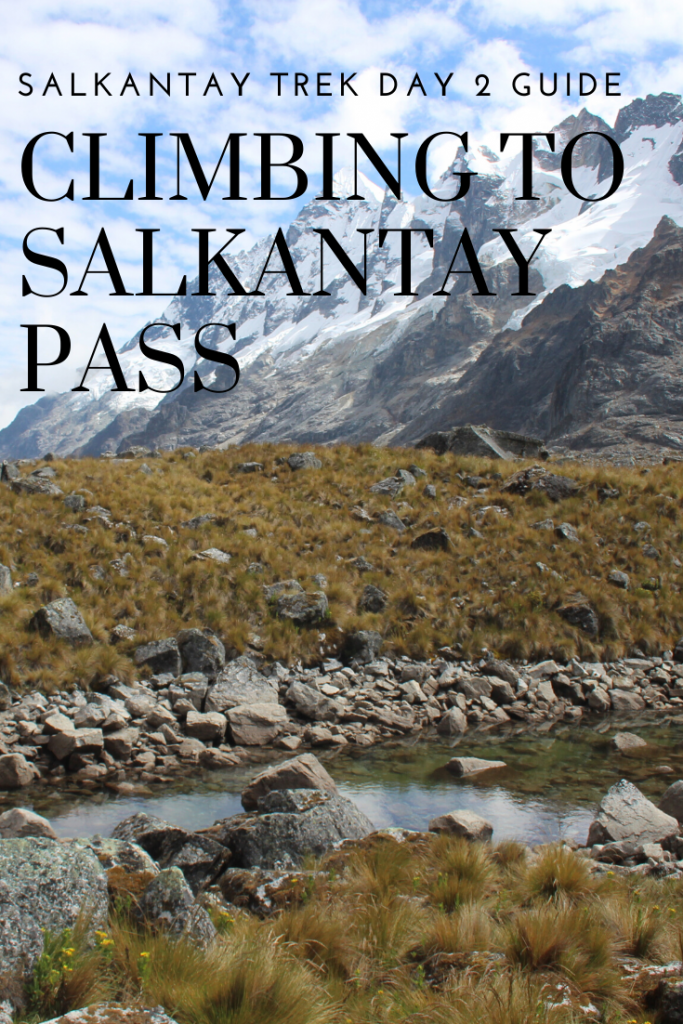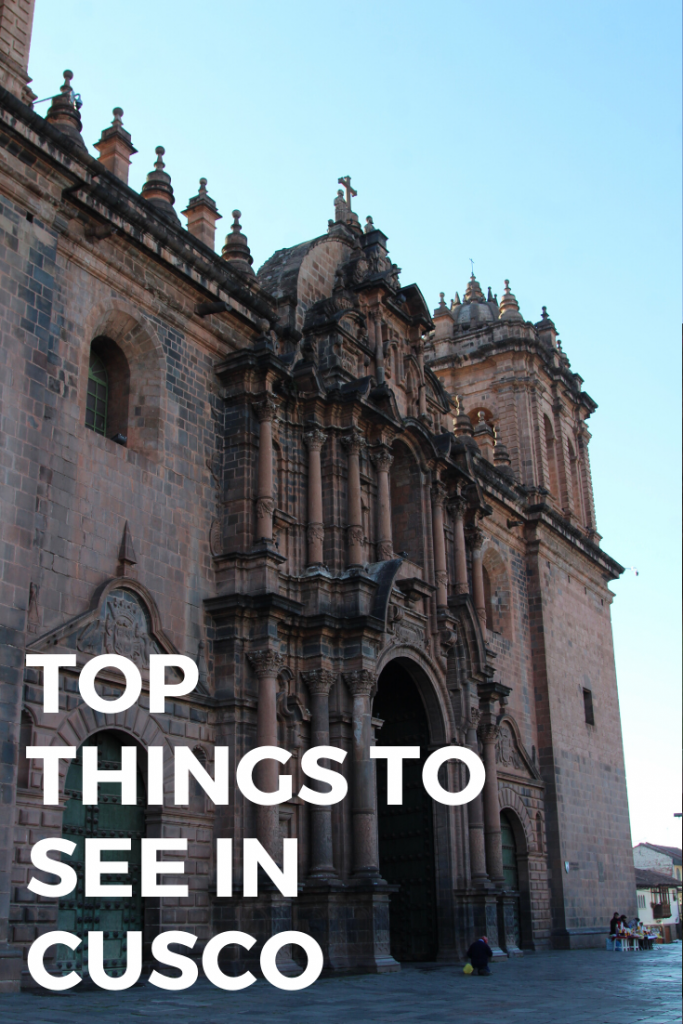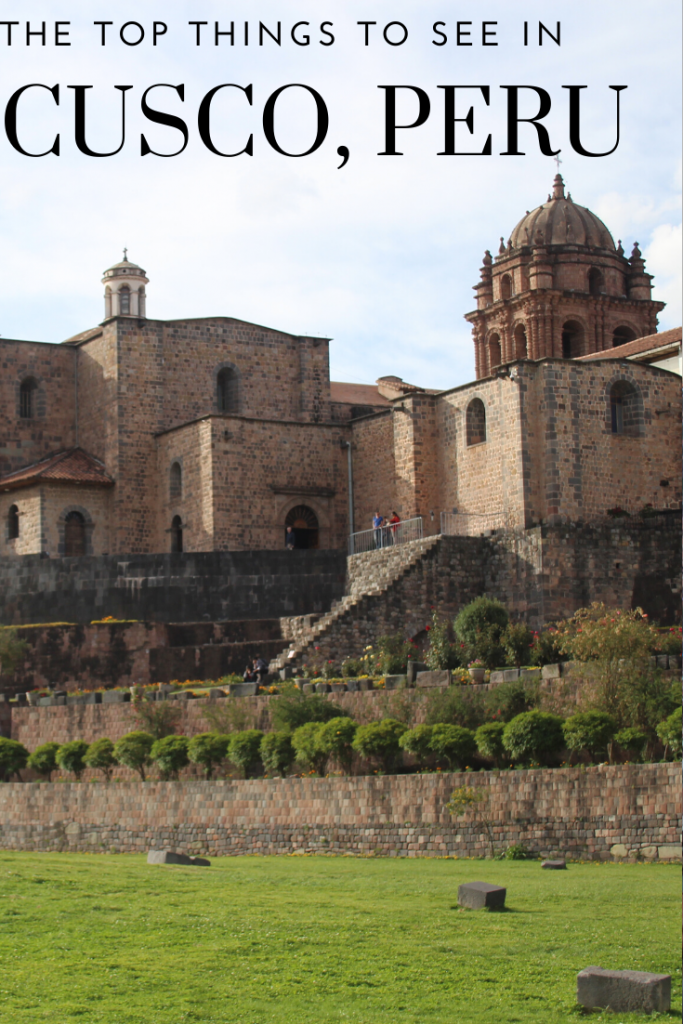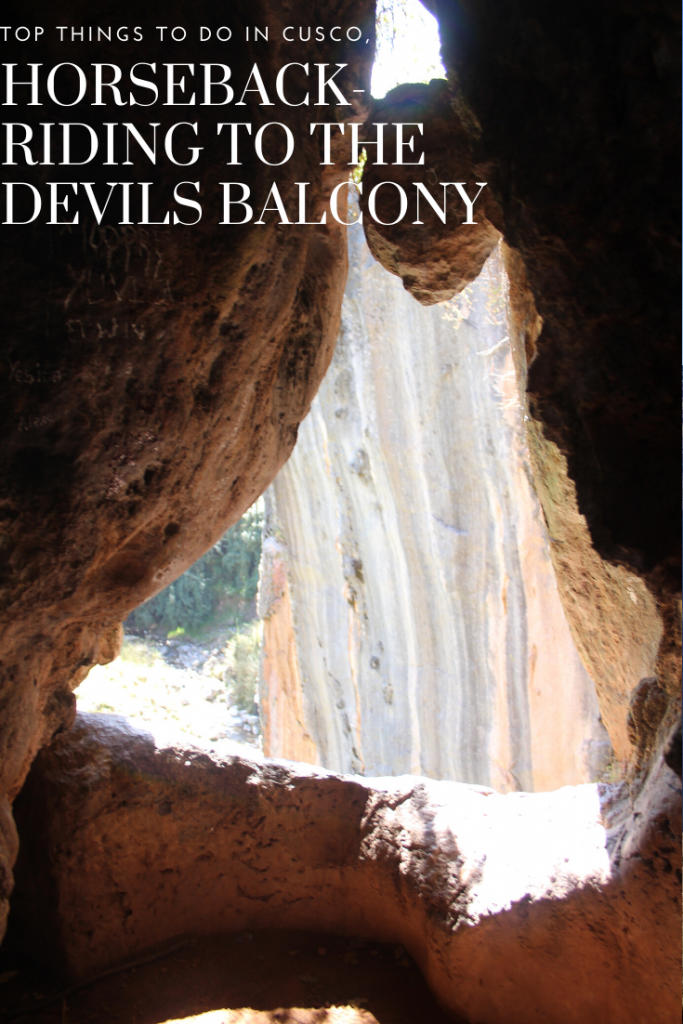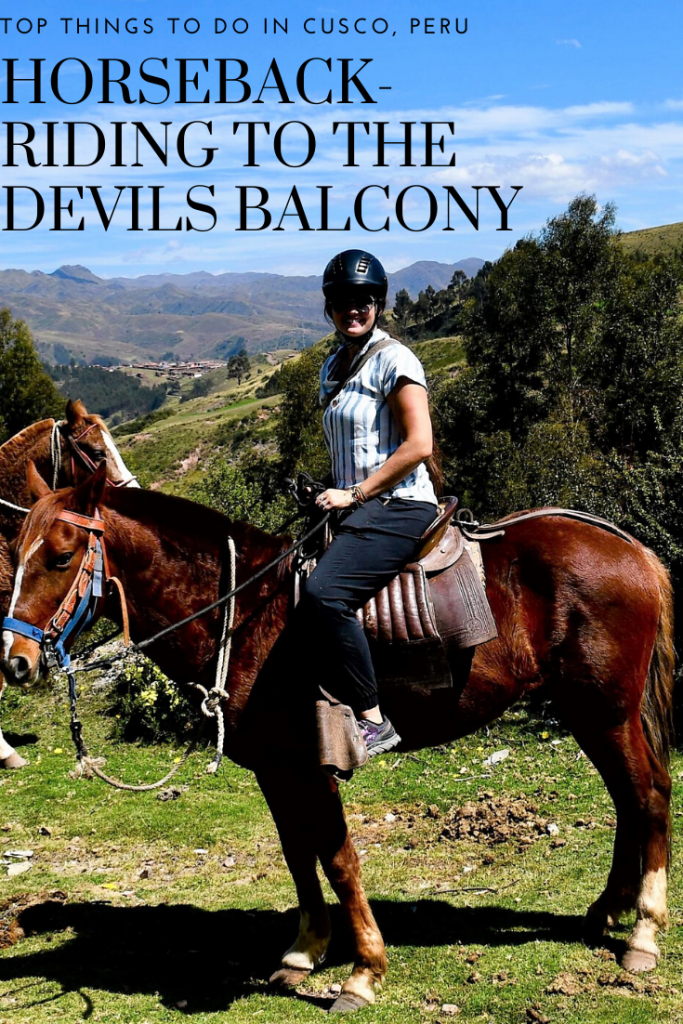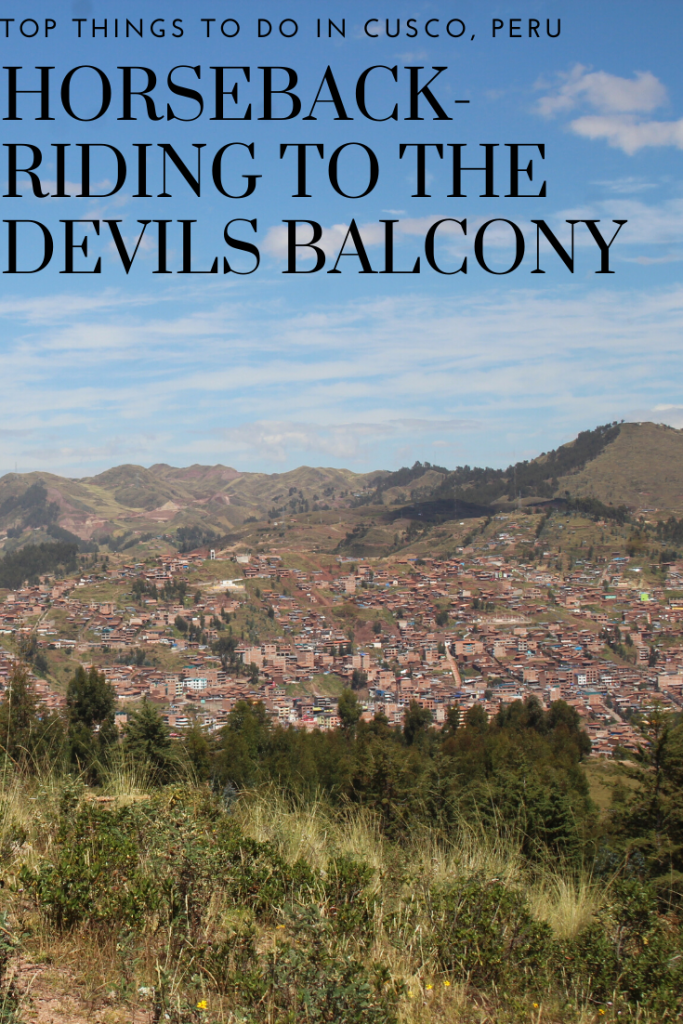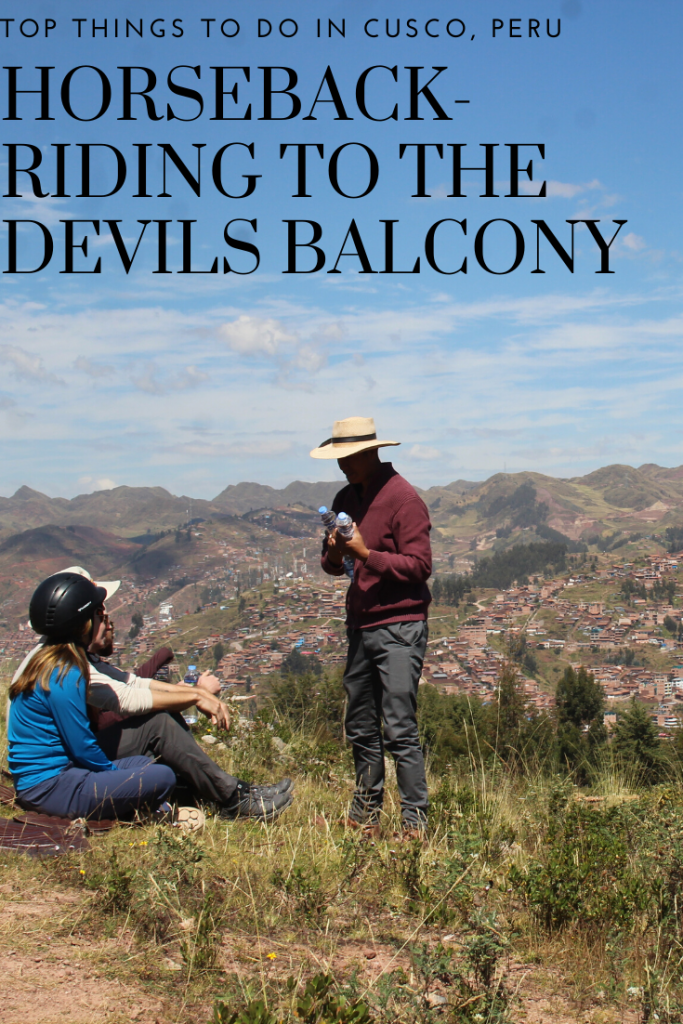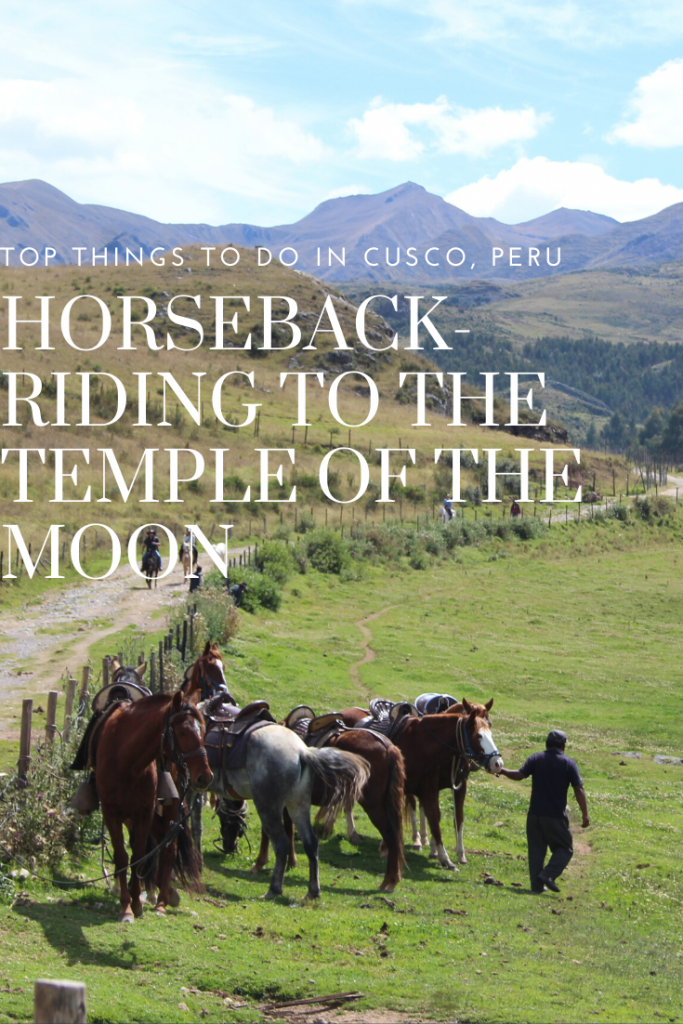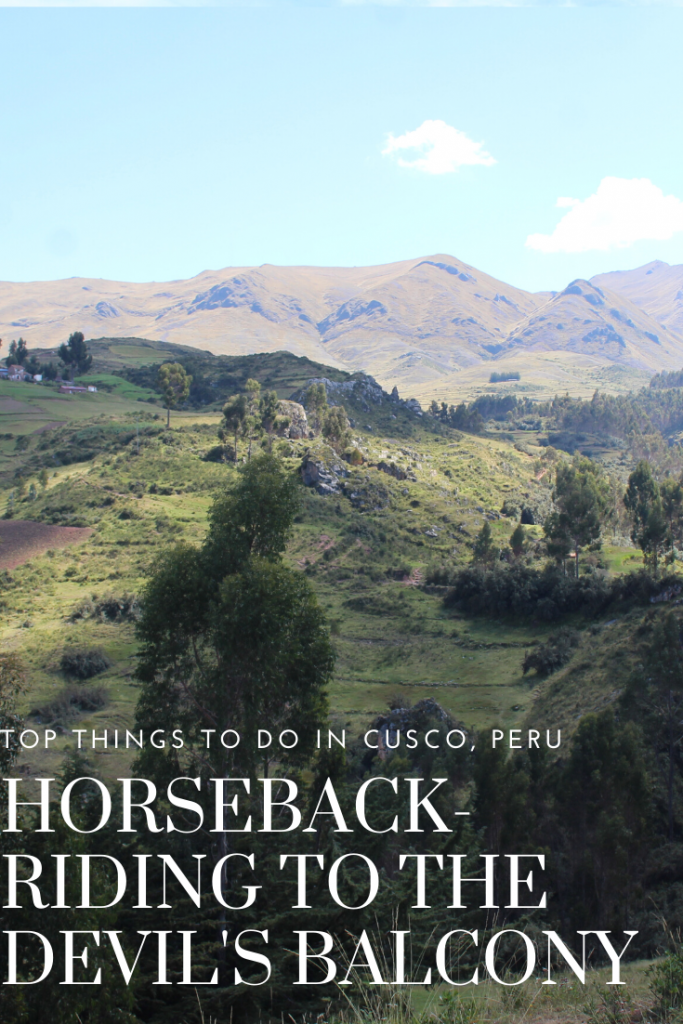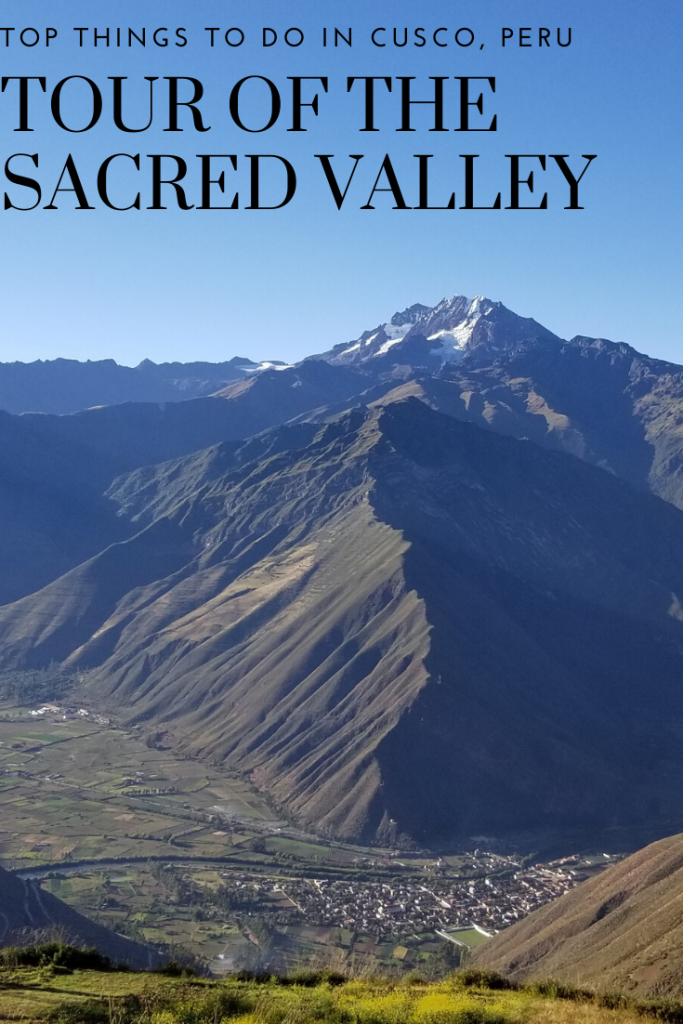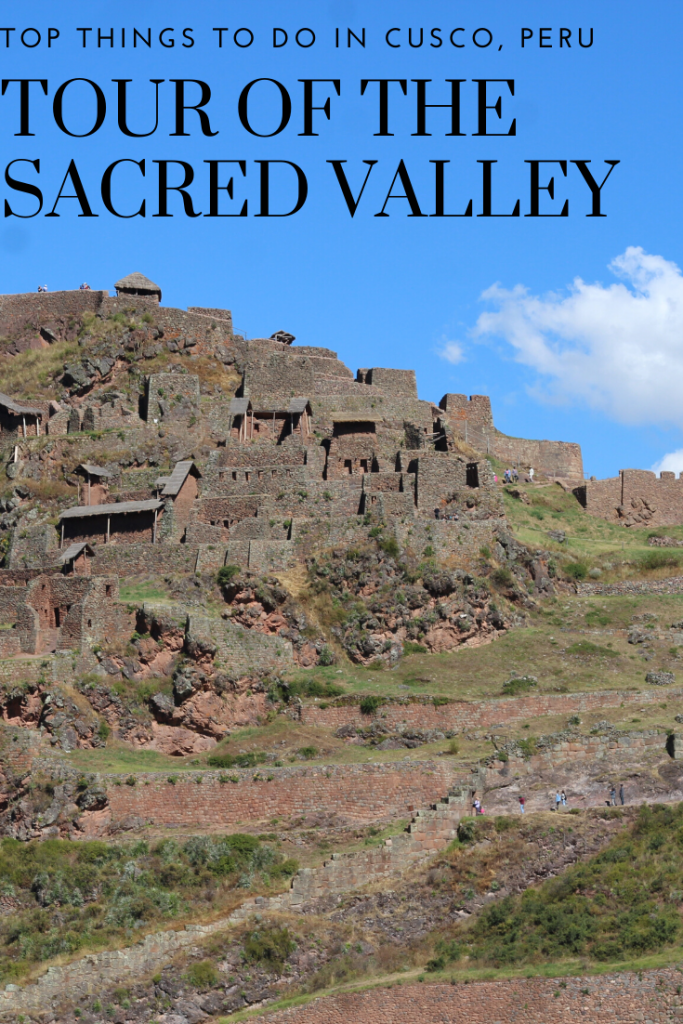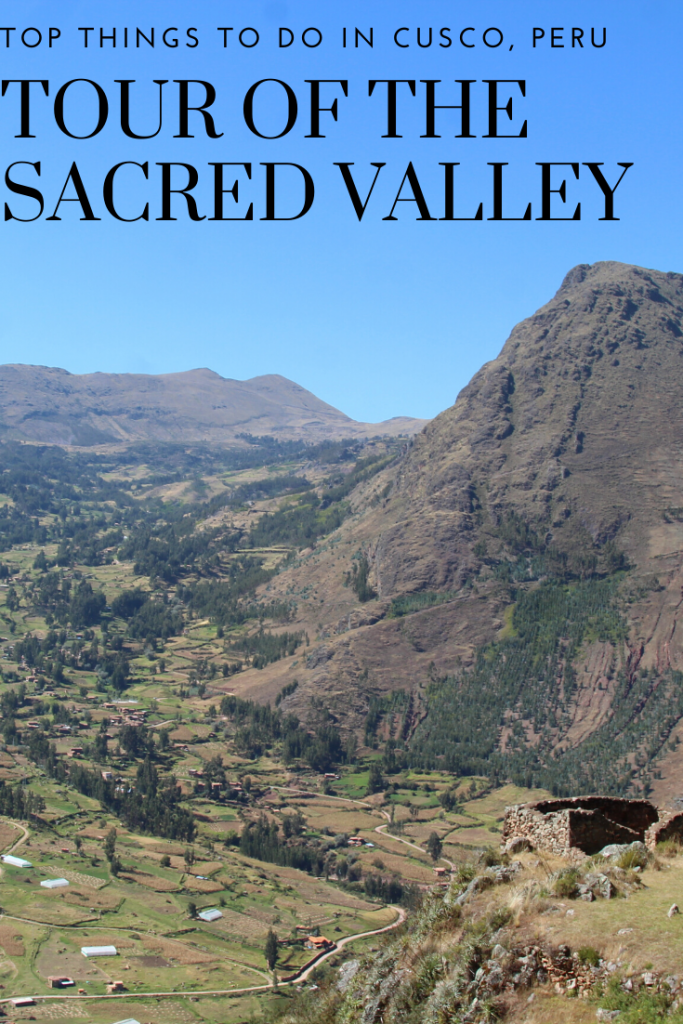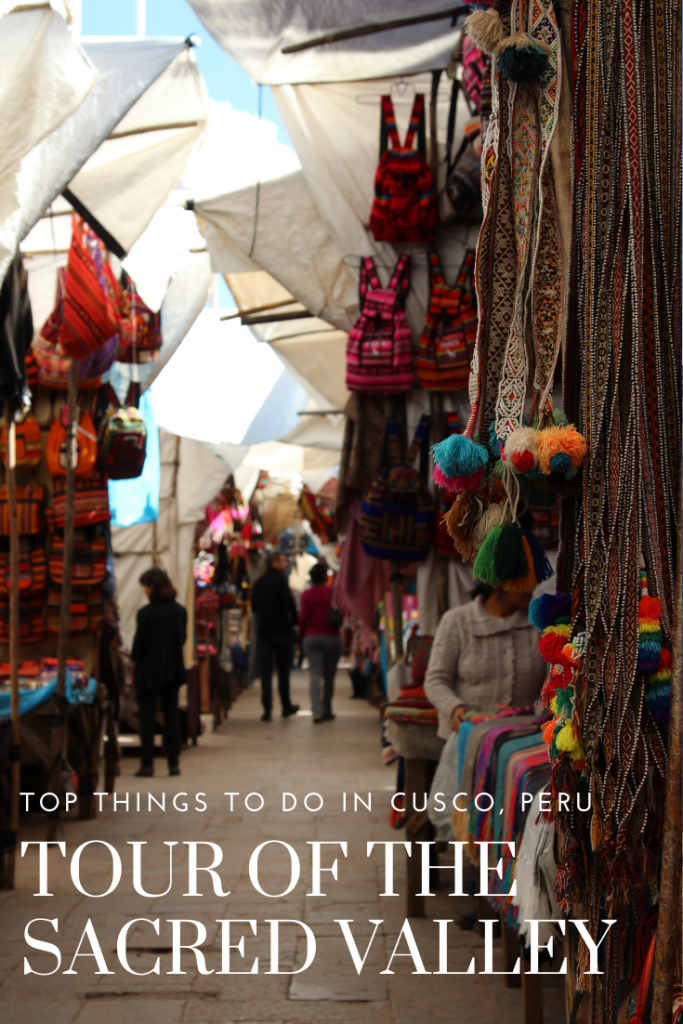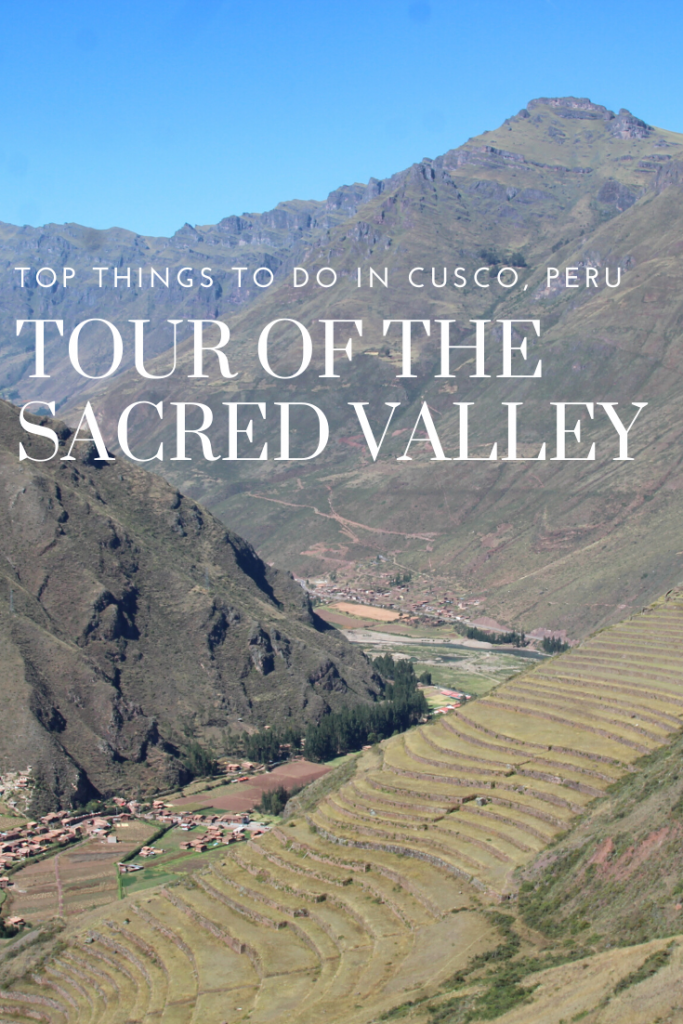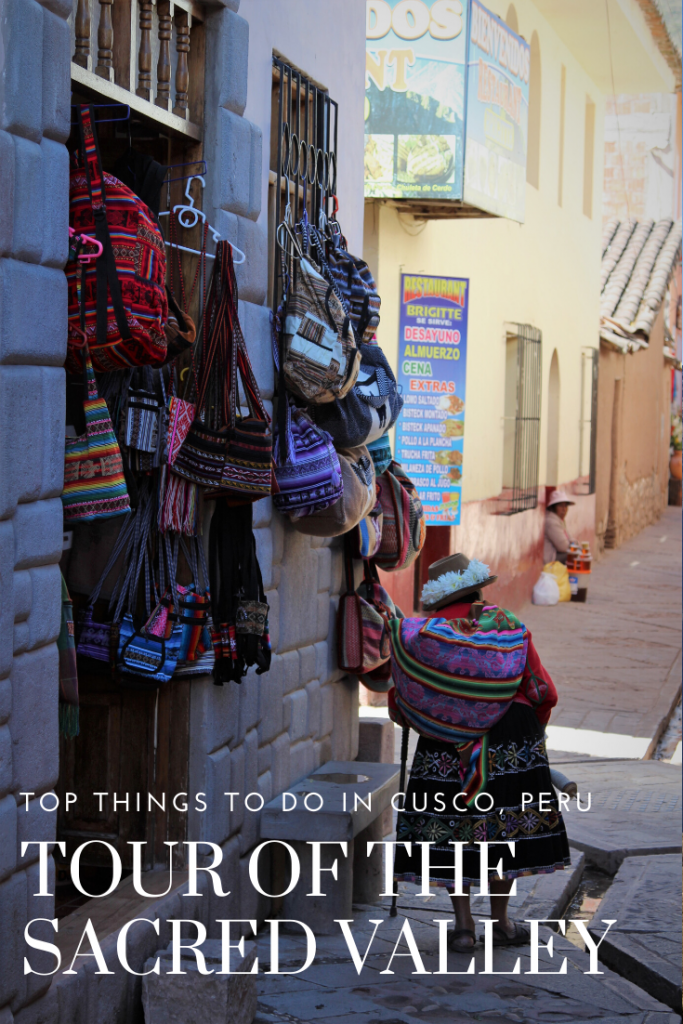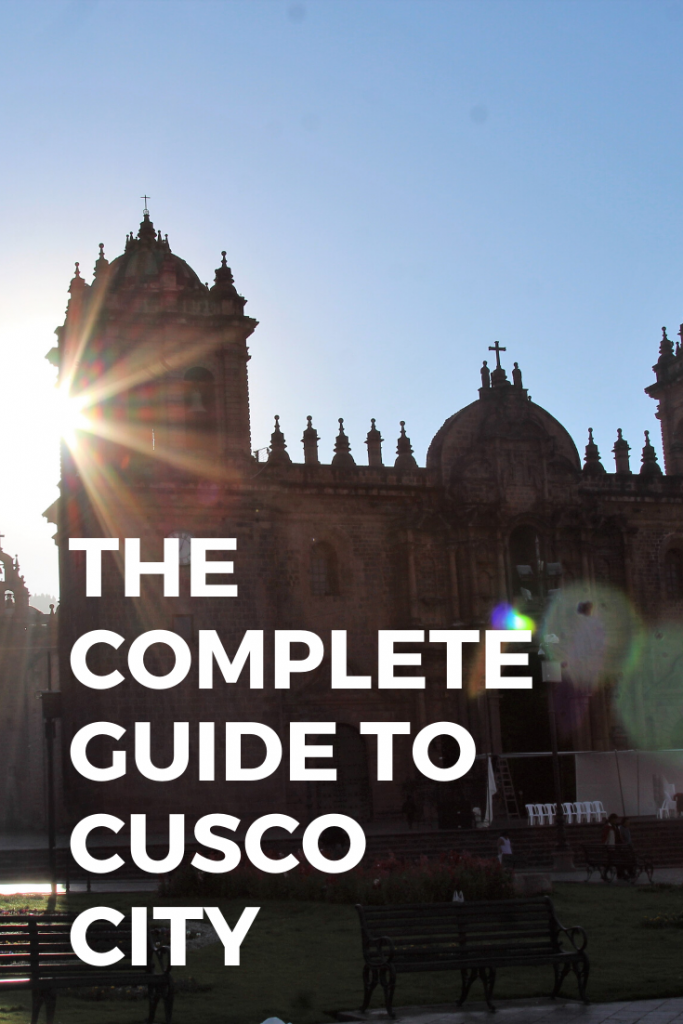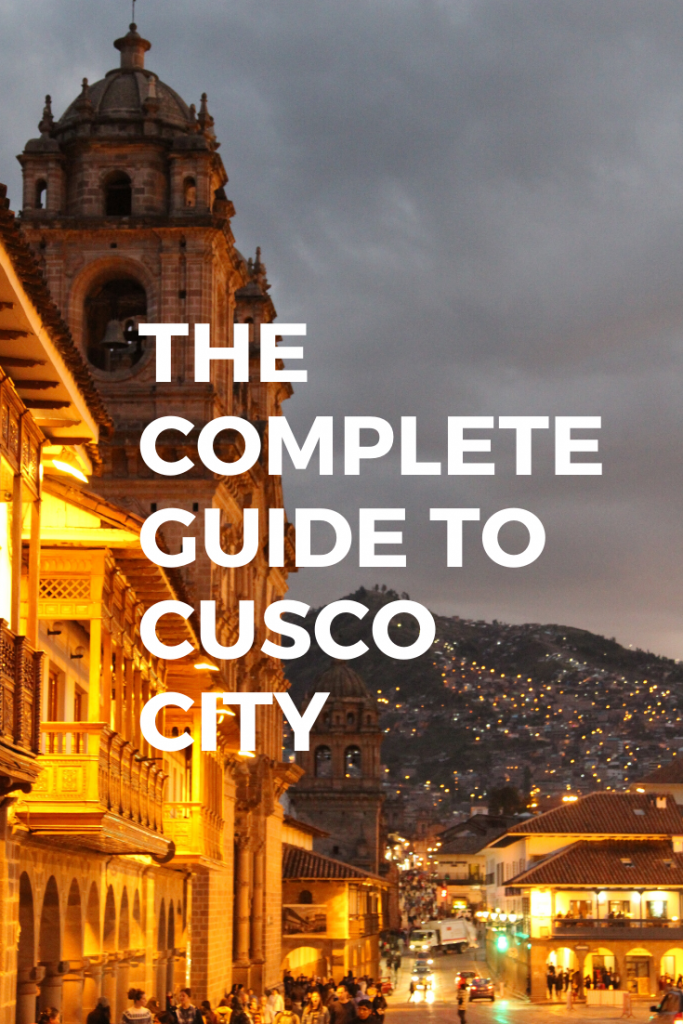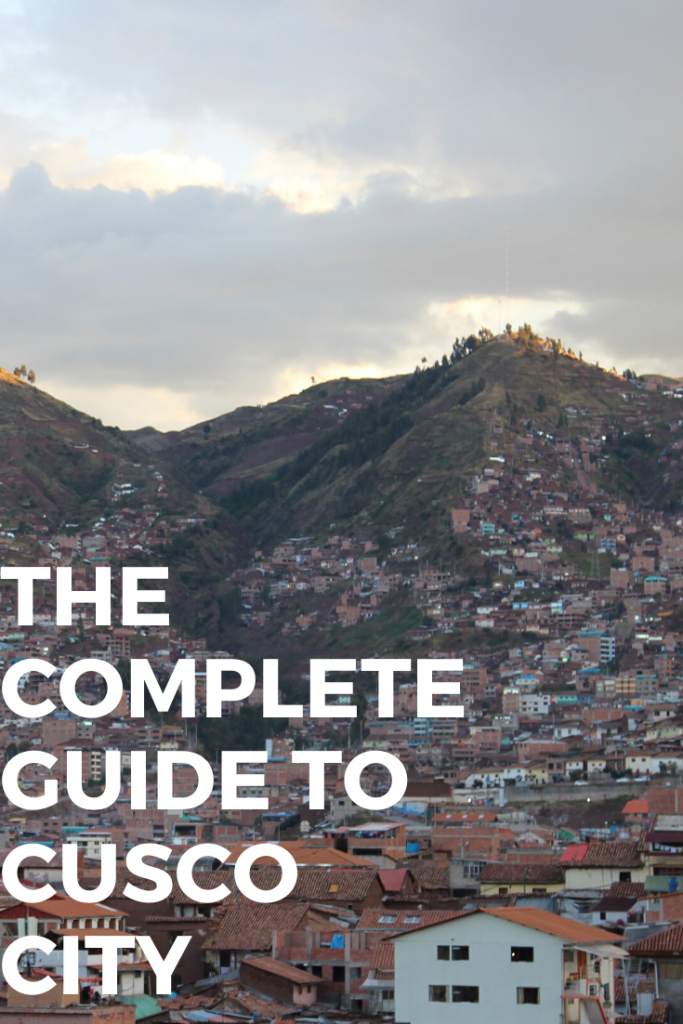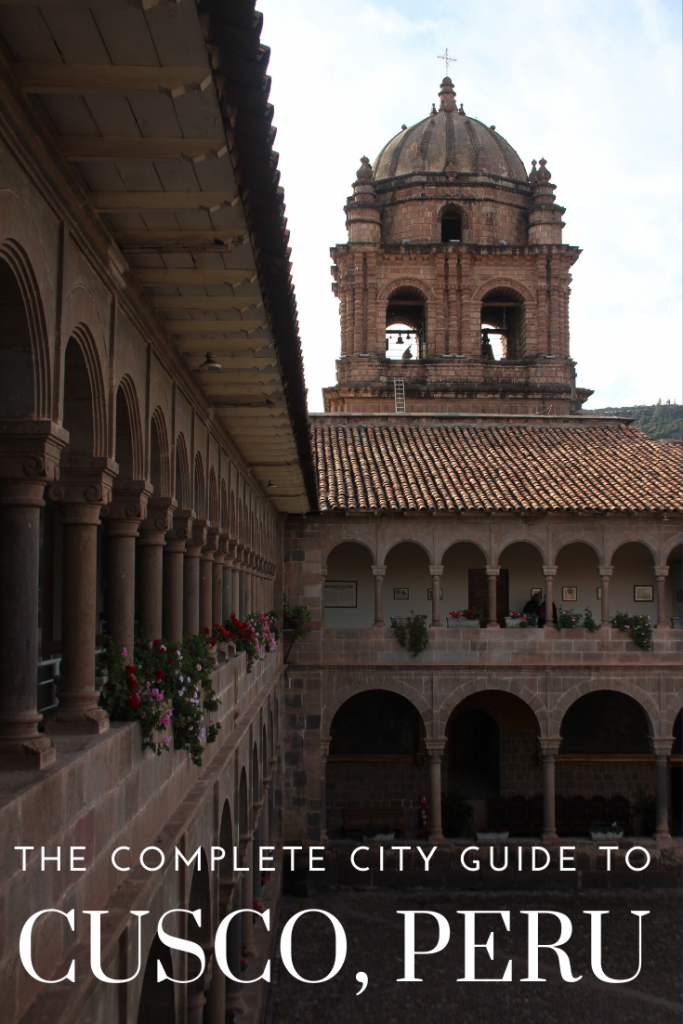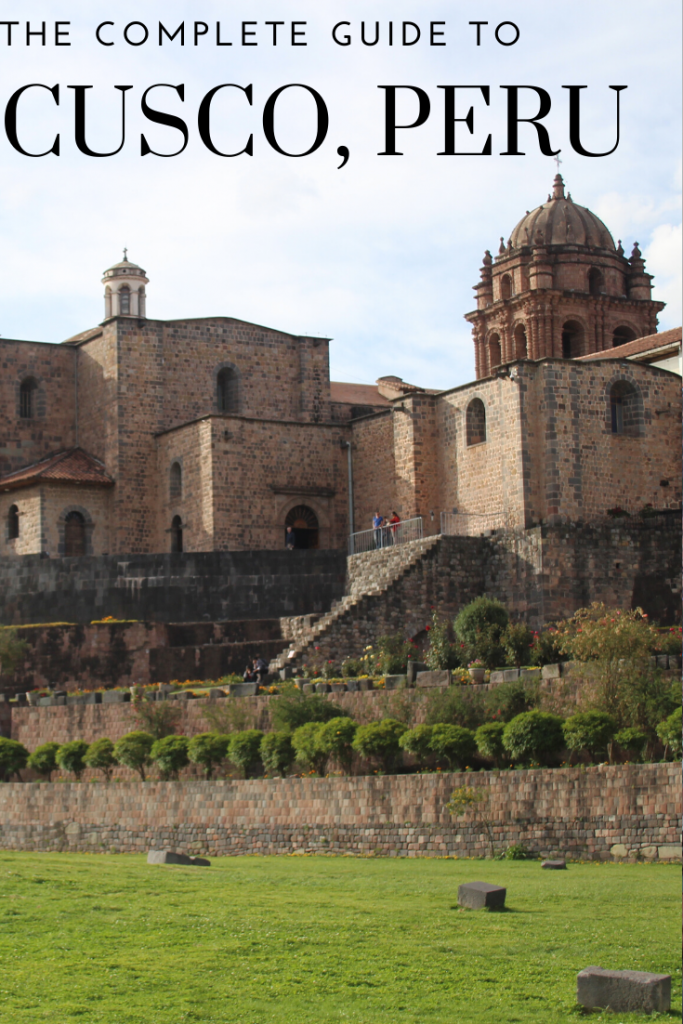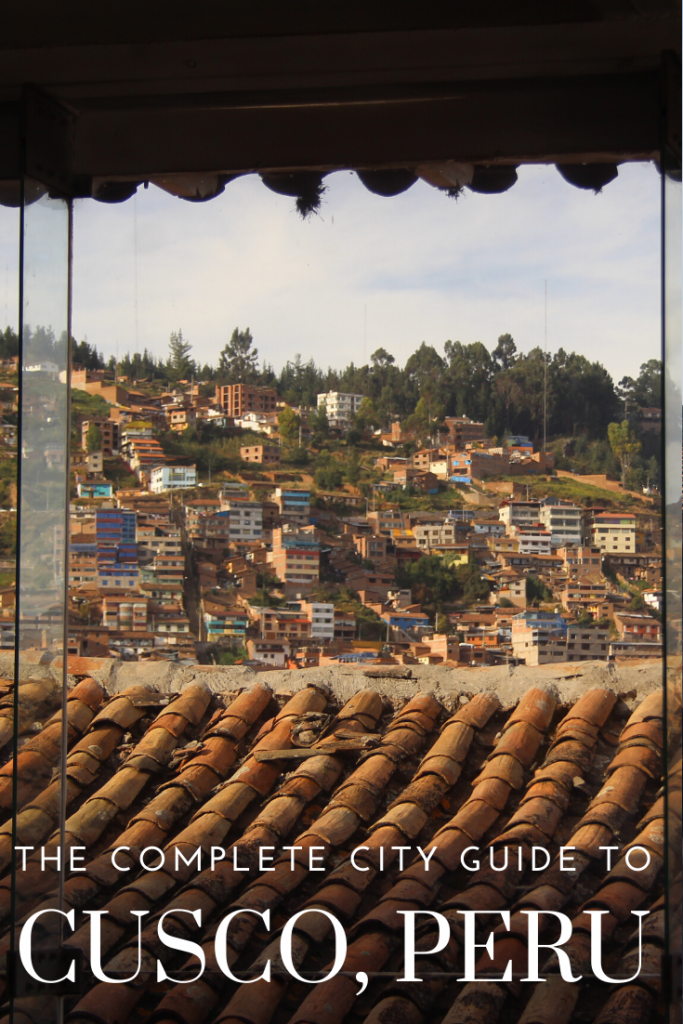Top things to see in Cusco
The Qorikancha
The Inka Musum
The Plaza De Armas cathedrals
The Saqsaywaman ruins
Cusco is a very walk-able city making the museums and nearby ruins easy to see on your own without a tour.
The Inka Museum
We hit the Inka Museum on an easy afternoon. I’d read it was a little let downish but if you appreciate history and pottery, I think you will enjoy it. We breezed through most of it- reading what captions they did have in English. I loved learning about the different regions the Inkas lived in, the types of food they ate in each location, and the interesting pottery they made.
The best part however was definitely the mummies. After visiting the Sacred Valley the day before and seeing some of the alcoves mummies were worshiped in, and learning about how cared for the mummies were, it was fascinating to actually see some!
*Like the cathedrals, the museum was a no photo zone so all I got was the one photo at the entrance! At only $3 it’s a quick (at your pace) interesting stop.
The museum is an easy walk from the Plaza de Armas. (no taxi needed)
Inca Museum General Information:
Hours:
Mon-Fri 8AM-6PM
Saturday: 9AM-4PM
Closed Sunday
Cost: 10s ($3)
The Koricancha as seen from the solar garden (by the street)
The Qorikancha
After the Inka Museum, we headed to the Temple of the Sun- the Koricancha – which was my favorite building in Cusco. It’s a nice walk from the Plaza de Armas or Inca Museum so again no taxi needed. The cathedral next to it is free to visit, but as the Koricancha is a museum, it cost $3 to visit. Luckily most of this building was photographable because it was SO cool.
About the Qorikancha
Originally, this building was dedicated to the highest of Inca dieties: the Inti or Sun and was built with the highest level of stone masonry the Incas used- interlocking boulders free of any imperfections and fitted together with no mortar. They also built the layout in a way to resemble what they were worshiping- with the temple having sunrays that moved out from a central point. The temple housed mummies and so much gold that the name of the building still reflects it, Qori = worked gold and kancha = enclosed or building. While none of the gold remains and barely any of the walls, the foundations still stand the test of time.
The Spanish built the Convent of Santo Domingo directly on top of it encompassing the walls of the temple and building a cathedral adjacent to it. It was pretty insane to walk into what looks like a convent on the outside and see the inner courtyard to match, then look to the side and see Inca walls and ceremonial rooms. You can walk around the rooms and go out on the stone balconies to look down at the Solar garden. Some of the convent rooms house more artifacts and pottery, and some of the stone walls still show the etched designs from the Inca times.
An example of the “lego” stone pieces that were used for building the Temple of the Sun.
Another view of all inner courtyard for this massive convent
The Temple of the sun on the inside of the convent
Looking out one of the balconies at the solar garden
The inner courtyard from the 2nd floor
Continuing upstairs is really cool as this is one of the few cathedrals from where you can gain access to the choir balcony (though again no photos are allowed as it is part of the cathedral) Once I explored the convent and ruins, I visited the cathedral and then met up with my friends outside so we could walk back.
Awesome views of the Cusco hillside from the 2nd floor of the Convent
Qorikancha General Information:
Museum Hours:
Monday-Saturday 8:30AM – 5:30 PM
Sunday: 12:00 PM-5:00 PM
Adult Price: 15s ($4.5)
Child Price: 5s ($1.50)
Church of Santo Domingo Hours
Monday- Saturday: 7AM-7:30 PM
Sunday: 7AM-11AM and 6PM to 8:30PM
Cost: Free
Mass: 7AM, 6:30PM, 7:30PM (Sunday only) no tourists allowed at these times
A little bit of a walk back to the Plaza but a cool one nonetheless.
More beautiful lighting on the plaza at sunset from our terrace in the airbnb.
Plaza De Armas
Like most cities constructed by the Spanish conquistadors, Cusco has a plaza de armas. The design is in military style where there is a square often surrounded by important buildings like churches or governmental works. The name is derived from the fact that this square would be a refuge where arms would be supplied to defenders in case of an attack.
In Cusco, the Plaza de Armas has 2 massive cathedrals adjacent to it- both are very cool to check it. The cathedral pictured above- Iglesia De La Compañia De Jesús is free and easy to visit. Just be sure not to take photos inside or interrupt during a mass.
The second church is the Cathedral of Cusco. It costs 10s/$3 to enter but has really stunning architecture and artwork within. (Specifically a painting of the last supper in which Cuy is the main event) The history of this cathedral is what really sets it apart. It shows a prime example of the Spanish dominating the Inkan culture by being built on the spot of the old ruler’s palace and being constructed of stones stolen from the Sascayhuaman temple.
Sacsayhuamán
Sacsayhuamán is a massive Incan complex high above Cusco. It’s main plaza was capable of holding 1000s of people and was the length of at least 3 football fields. While the structure was not intentially built as a fortress- it’s elevated ground, immense walls, and overall size made it essential to the defense and control of Cusco. Once the Spaniards had gained control of the temple, they began tearing it down to use the stones for their buildings in the city. While we unfortunately didn’t get to explore it due to time- we drove by it on various tours and I was definitely impressed with its size.
Sacsayhuamán Practical Information:
How to get there: You can follow a walking trail from the Plaza de Armas uphill for 45 minutes. This will take you through the beautiful San Blas neighborhood and is not a bad option. You could arrange a city tour where they provide the transportation. Or you can hire a taxi for the 10 minute drive there (this would cost ~$10)
Hours: Open 6AM-7PM
Cost: Included in the Tourist ticket 70-130 soles.
* Sacsayhuamán does not have its own private ticket. You must purchase a Cusco Tourist ticket which ranges from 70-130s ($21-$40) and includes entrance to multiple other archaeological sites and museums.
There you have it. The best sites to see within walking distance of Cusco city center without a tour. See also my post for my complete guide to Cusco and the Sacred Valley.Pin me:
